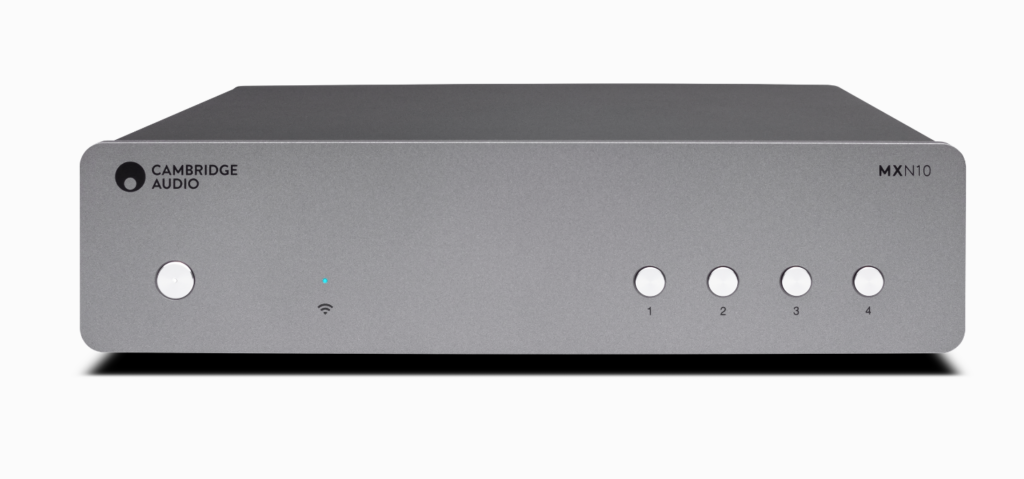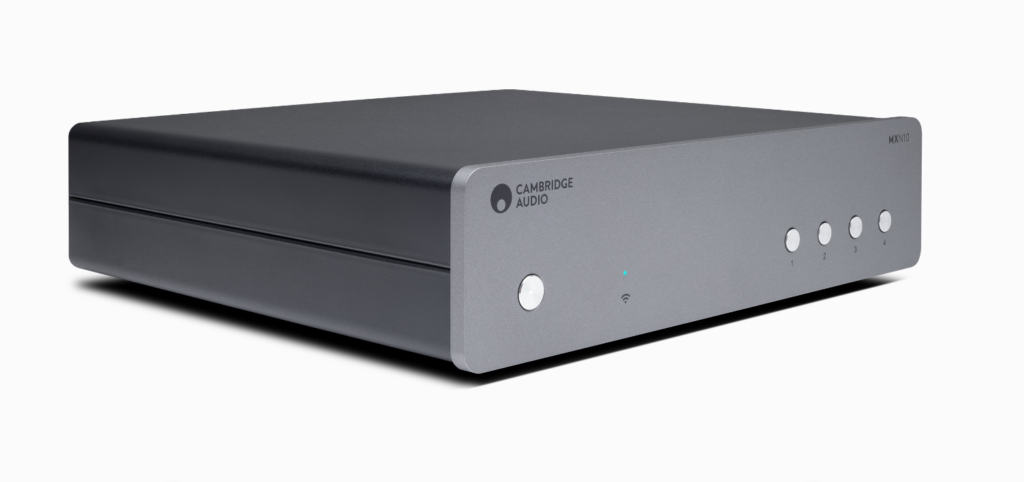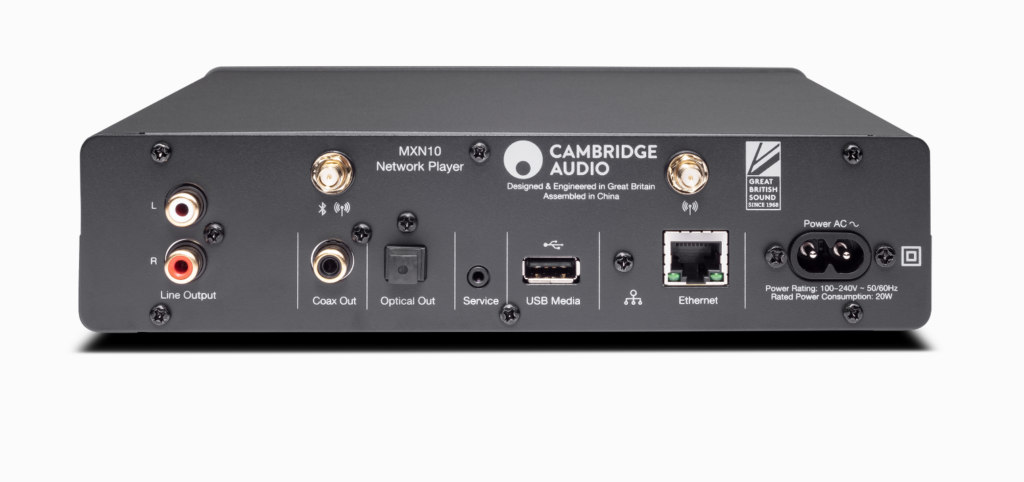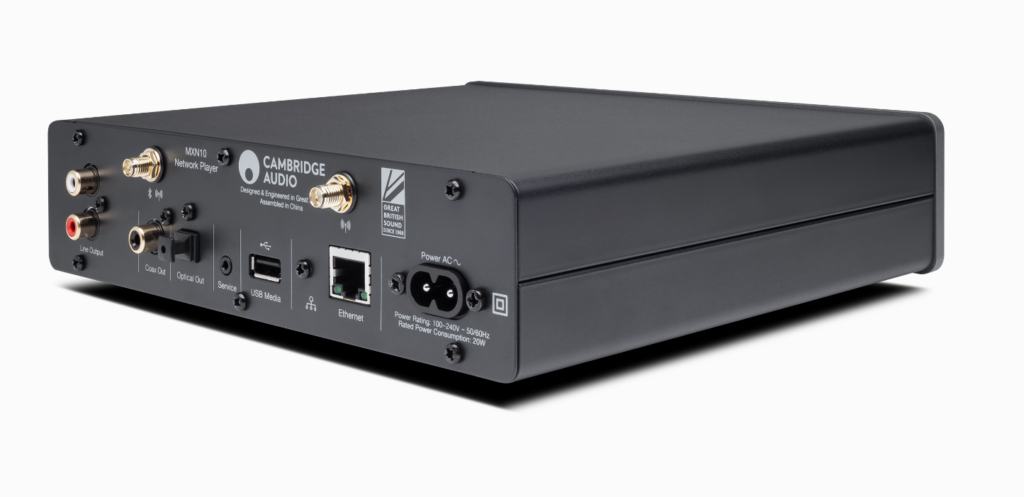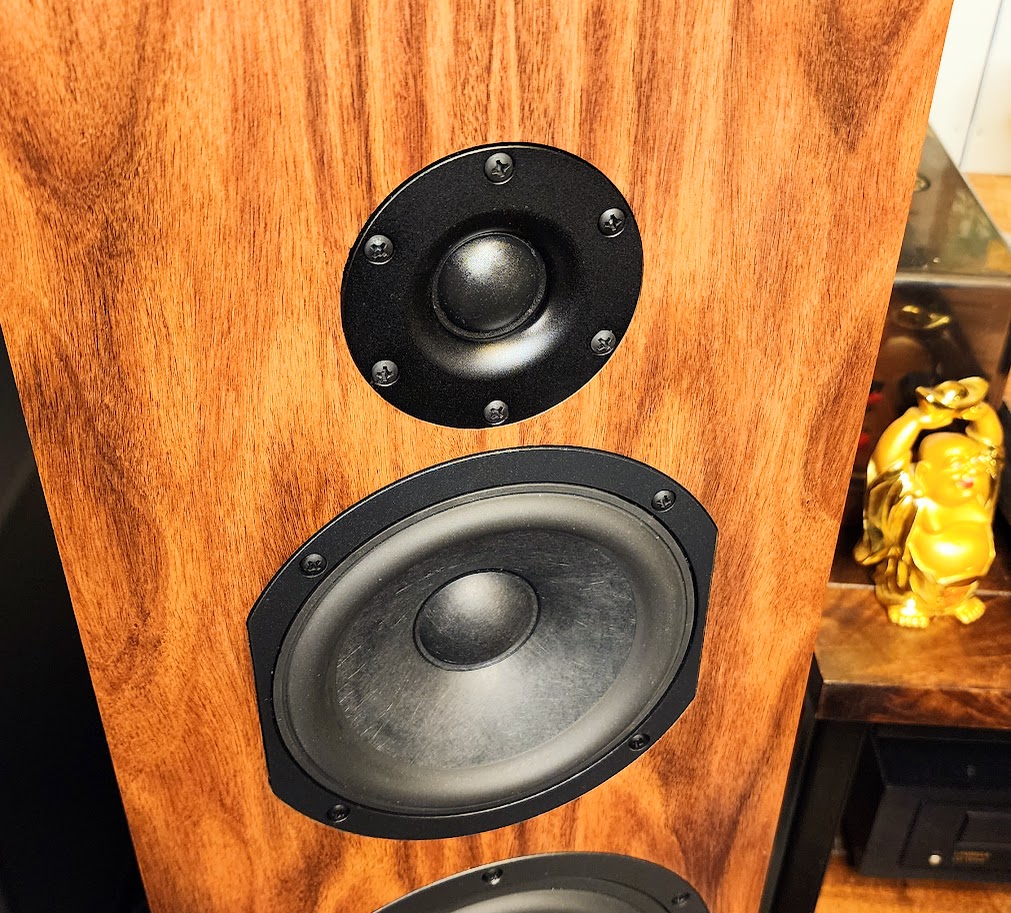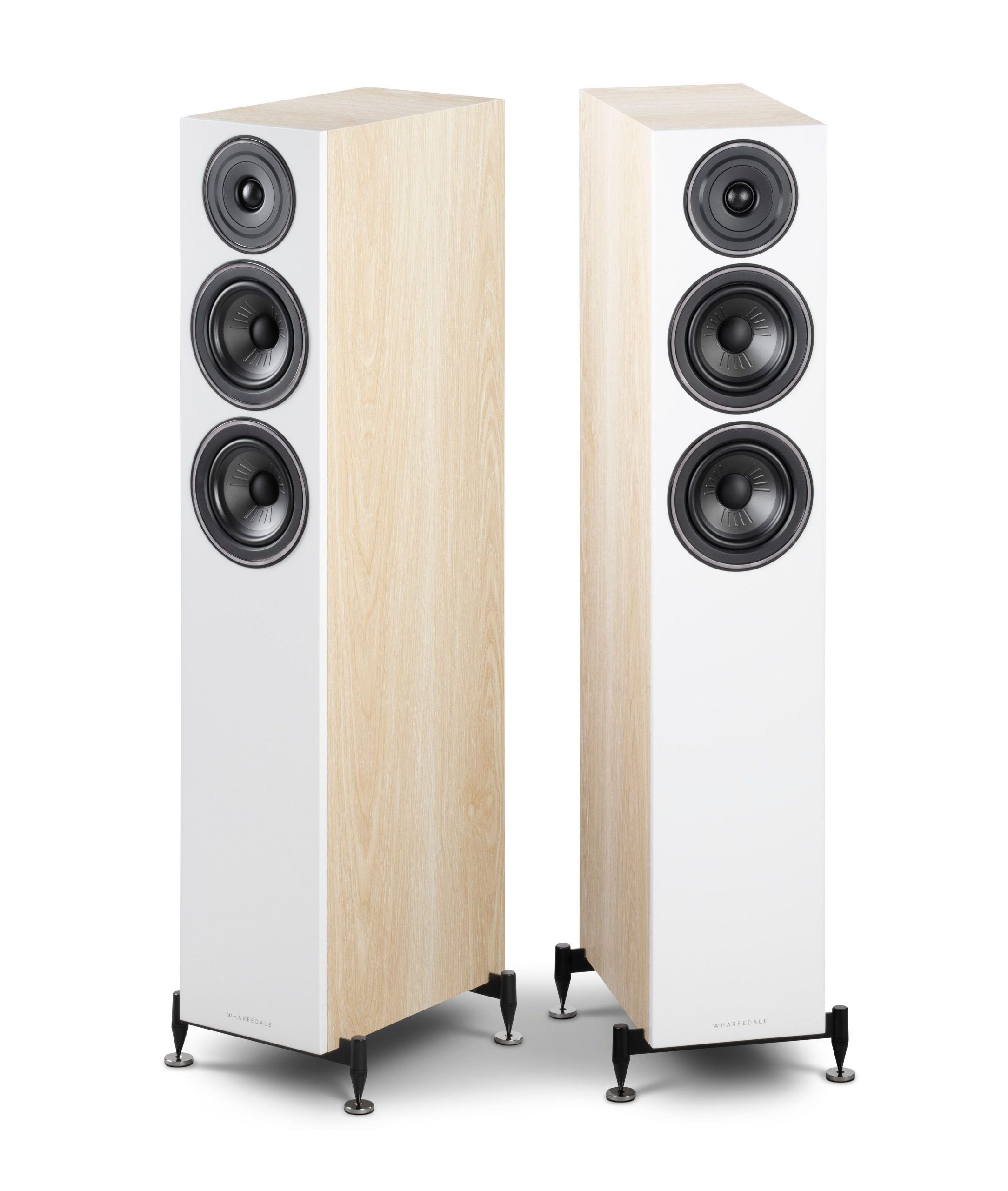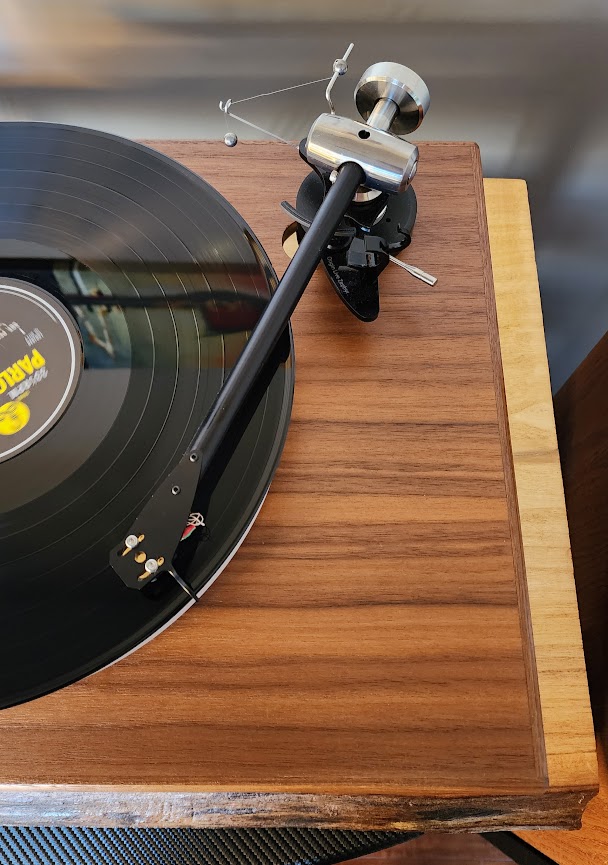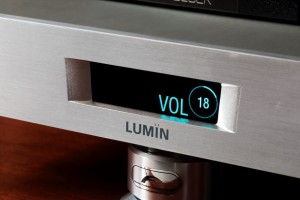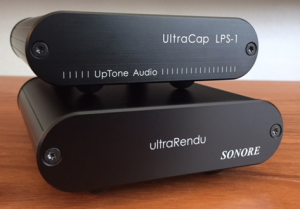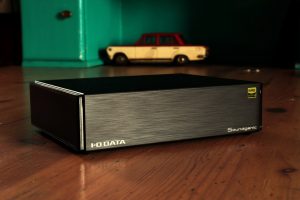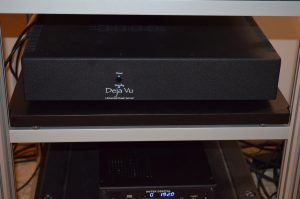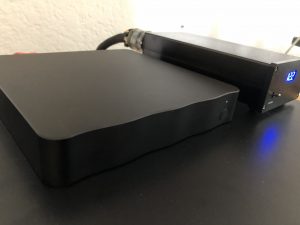Quite possibly, if you were to ask my non-audiophile friends, their perception of me would be one of a guy who is on the cutting edge of technology. They walk into my home and are usually overwhelmed by all the whiz-bang gadgets adorning my listening spaces. However, the truth is I was slow coming into the streaming movement. Almost kicking-and-screaming. Now, I can't imagine a day in my life without it. My guess is, neither can you.
These days there is a lot of movement, and even some pushing and shoving, in the sub-$500 market for digital audio streamers. The quality, features, and usability continue to rise, while the price seems to fall. I, myself, own a few contenders in this competitive field. Many of these players in this range are plastic, lightweight, but perform decently for the small sum of money required.
Enter the Cambridge Audio MXN10. A "half-component" size, the MXN10 surprises immediately by coming out of the box as a full metal chassis and faceplate, telling you that this is a quality Cambridge component from the get-go. Weight is two-and-a-half pounds, as opposed to the mere ounces that other low-cost streamers tip in at. It is offered in both black and silver. There is a full-size version, as well—the AXN10 and the upgraded CXN100.
Controls are simple, with an on/off button, and four round buttons adorning the front panel allowing you to select favorite presets. Out back, digital outputs (S/PDIF coax and optical), and RCA allow you to choose whether you prefer to run this as an analog device or pair it with a DAC.
Should you utilize the internal DAC, and use the RCA outputs, the MXN10 has a built-in ESS SABRE DAC, along with a Quad core ARM Cortex-A53 1.8 GHz CPU. For this review, I paired the MXN10 with two different DACs, a Canor DAC 2.10 tube DAC and a Questyle CMA Twelve.
The MXN10 comes with both Bluetooth and WiFi antennae, however, it performed far better once I ran Ethernet to my listening room, a feature I was previously lacking. Once the Ethernet was in place, the MXN10 played tracks much more consistently, minus the previous occasional hiccups that occurred when I ran it on my WiFi.
Also on the back is a USB port to connect an external hard drive to access files. I had some success with this feature. Handy for those who wish to also keep FLAC files accessible along with their streaming!
Setup was… well… easier than some, not as easy as others. Allow me to elaborate. For a somewhat tech-savvy, yet cranky dude in his mid-50s, the software is seldom my favorite part of a new gadget. So, let's be honest, where does the StreamMagic app rank in the "I did it without yelling at my phone" scale? Not quite as easy as BluOS, but easier than WiiM. Yes, your results may vary. First, let me interject that the MXN10 is Roon compatible, should you choose to add the subscription. I made the choice to run StreamMagic with the included software, and my Samsung Galaxy S22 Ultra as control. There were some steps in the setup process that were not immediately comprehensive, but it all came together, and I had myself signed in to my Qobuz account before too terribly long. This is where the magic begins…
Listening
Once in the StreamMagic app, it's actually quite simple to use, and laid out as well as, if not better than, the aforementioned apps. Like any other streaming app, StreamMagic does have a couple of quirks that take a bit of getting used to, but the learning curve is brief. This is a meager trade-off for what comes pouring out of the Cambridge MXN10.
Like many other reviewers, I strongly refrain from cliché phrases like "punches above its weight" and all that; however, the punch I did get from the Cambridge was not of a $499 streamer, but of the sound I have heard from boxes costing three and four times as much, all self-contained.
You Can't Do That
As listening began, errors and issues crept in, so much so that Cambridge rushed me out a replacement unit. However, through experimentation, I learned that this was due to problems not with the MXN10, but in my signal chain. While playing certain playlists, a song would become horribly distorted, and sometimes a reboot would remedy this, but sometimes not. This went on for weeks, and the Cambridge tech people were immensely helpful. What I found (on my own), was that the MXN10 was not compatible with the upsampling setting in my Canor DAC. Once I disabled the upsampling the issue went away.
I also found that the MXN10 does not like to be left idle for extended periods. If the MXN10 is not used for a week or so, the first song played after the break often crashes. This was a minor annoyance, as the MXN10 works flawlessly from that point forward. Again, meager trade-offs.
Wasn't I Listening?
After several listening sessions with the Canor, I switched over to the Questyle CMA Twelve DAC, where it is today, still performing nearly flawlessly. Trade-offs aside, it is the sound of the MXN10 that is so ridiculously appealing about this piece.
Beginning tonight's critical listening session with Art Blakey and the Jazz Messenger's "The Drum Thunder Suite" on Qobuz (192kHz/24-Bit), it is easy to stop thinking about all this equipment. Stop focusing on the streamer. Stop worrying about the DAC. The music just speaks though the wires now. It's natural. Like nothing is standing in the way. There is not only tremendous clarity and purity, but an ease to the flow that doesn't feel even slightly digital. Wonderful.
However, we are here to lock in on the merits of the MXN10 as a bit of kit, as it were. On a track like Steven Wilson's "Economies of Scale," (96kHz/24-Bit), detail is razor sharp, with refreshing humanity in the acoustic guitar strummed over the knife-edge drum machine. Depth is considerable here, which I find lacking in other contemporaries fighting in and under this price bracket.
On the classic Yes epic "And You and I," (192kHz/24-Bit), the MXN10 shows it can present a soundstage as bold and robust as streamers costing thousands of dollars. This, my friends, is the trade-off. The sheer brilliance of the MXN10 can be heard as soon as you play this very song. There is separation, a bright mural to the soundfield, and a lively punch in the dynamics that normally comes at a considerably higher price tag—and believability.
Finally, with The Smile's "Wall of Eyes," (44.1kHz/24-Bit) the MXN10 delivers a sense of space and openness that takes my enjoyment of streaming considerably further than even than that of the previous listening sessions. This is where the tether comes off, and we drift off into pure fun, no longer chained to the system, but enveloped in the experience. Vocals echo and guitars flow in a peaceful manner, never sounding the least bit mechanical, or computerized.
Wrapping It Up
For $499, you get a couple quirks, but you get a streamer that far-and-away outperforms anything in this price point. Plus, the Cambridge Audio MXN10 comes packaged with the StreamMagic app; it has a short learning curve but is incredibly comprehensive and a joy to use. Could there be improvements to it? Yes. There could be improvements to every app I've ever used. However, it's only an interface to the nearly flawless hardware that is the heart of your system. Highly recommended.
MXN10 Streamer
Retail: $499
Cambridge Audio
https://www.cambridgeaudio.com/usa/en




